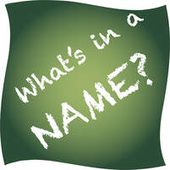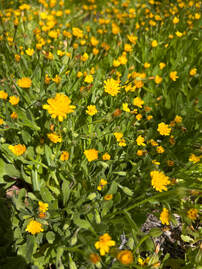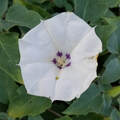|
Lindy Brigham - Rancho Morado
Below is a group of three plants growing together that are representative of the most abundant of the current blooms.
Here are some closeups of these plants
 The sour clover is also abundant this year. Clovers and Alfalfas are grown as livestock feed for their nutritional value. They are legumes, plants that collaborate with bacteria in their roots to fix nitrogen. They enrich the soil so less fertilizer is necessary when growing crops. In times before modern agriculture they were used in crop 'rotations' to fertilize the soil between growing other crops. They are particularly attractive to the many bees in the area. Many plants in the desert are legumes. A related plant native to Arizona is 'soft prairie clover' (Dalea mollissima) While these plants are not native, and they tend to outcompete the native plants, they are not a serious threat and can be managed with selective weeding. There are plants that are invasive and a threat to humans and other animals and the next blog will highlight those. All photographs were taken by Lindy. All the plant references are from the Southwest Desert Flora website
0 Comments
 Frequently encountered all over Arizona is the Sacred Datura, scientific name Datura wrightii. In RillitoBend, it is seen in private gardens, on roadsides, and in Summer 2022, in the Rancho Morado Rain Garden. Datura wrightii in private garden, 2022 monsoon season, single plant Photo by Melanie Campbell-Carter  This fascinating perennial belongs to the Solanaceae family, along with tomatoes, potatoes, peppers, and eggplant. Other common names for the Datura include: Jimson weed, thorn-apple, moon lily, and angel’s trumpet. Much like the potato, the Datura has a fleshy, tuberous root which sprouts when the soil warms. Unlike the potato, Datura is relatively easy to grow from seed. Datura wrightii, private garden, 2022 Photo by Melanie Campbell-Carter  Datura is a night bloomer, pollinated by nocturnal moths and occasionally, bats. A single blossom may have up to one ounce of nectar at its base, which at dusk perfumes a wide area to attract its pollinators. The primary pollinators are the sphinx or hawk moths, which are often mistaken for a hummingbird at dusk. Some of these large moths are about the same size as a hummingbird, making a soft whirring noise with their wings as they hover at each newly opened bloom. Hawkmoth (Hyles lineata) at Sacred Datura (Datura wrightii) flower Photo by Mike Lewinski, Tres Piedras, NM Courtesy of https://creativecommons.org/licenses/by/2.0]

Sonoran Moonglow 22" X 16", acrylic on paper © 2021, Melanie Campbell-Carter Photo by Prull Photography Sacred Datura article sources and photo credits:
 This is the inaugural blog of RillitoBend Rambles. It is an introduction to of some of our favorite places for observing nature. In future posts, we will have pictures and information about some of our favorite plants and critters. One of the goals of the neighborhood association is to improve the aesthetics and livability of our everyday surroundings. (our VISIONS). To that end, several roadsides have been planted and are tended with the volunteer help of many neighbors.  2. Lucie's Garden: One of the first enhancement projects was Lucie’s Garden just north of the Winterhaven Village Townhomes gate on Cactus Blvd. 3. Linear Garden on Cactus: The area between the Winterhaven Village gate and Prince was planted in the effort to soften the look of the wall. The varieties of plants are amazing, and today the plants are well-established without supplemental watering.  4. Friday Cat's Memorial Rain Garden: Across the street is a little oasis being developed around the mesquites.  5. Rain Garden: During the 2021 monsoon season, a profusion of plants appeared on their own outside of Rancho Morado on Cactus and we dubbed it the “Rain Garden”. The City donated boulders and rocks that the neighborhood volunteers placed for traffic control and rainwater harvesting.  6. Meadowview linear garden: Turning the corner, the roadside north of Meadowview on Allen Road was planted with native plants to begin to soften the appearance of Allen and take advantage of some of the abundance of stormwater heading east.  7. Cactus/Allen Intersection: The night blooming cereus at the N/E and S/W corners are some special surprises at this intersection (plus some at the roundabout!). And in ponds that appear during the monsoon rains, one can see spadefoots! This is just the start. If you would like to help spread the word on the glorious abundance around us, send an email to [email protected] Happy Rambling! |
RillitoBend Rambles shares images and stories of our neighborhood that support our core value of respect for our natural world. Participation is open to all, whether by subscribing to posts, commenting on stories, or submitting your own rambling adventure for publication.
Please sign up below to receive our postings Archives
April 2025
Categories
All
The RillitoBend Neighborhood also has a mailing list to keep people up to date on the goings on in the 'hood' Sign up Below
|






















 RSS Feed
RSS Feed